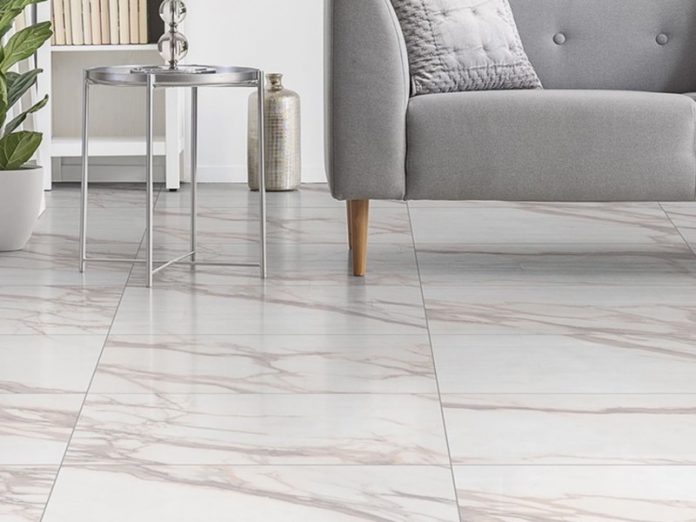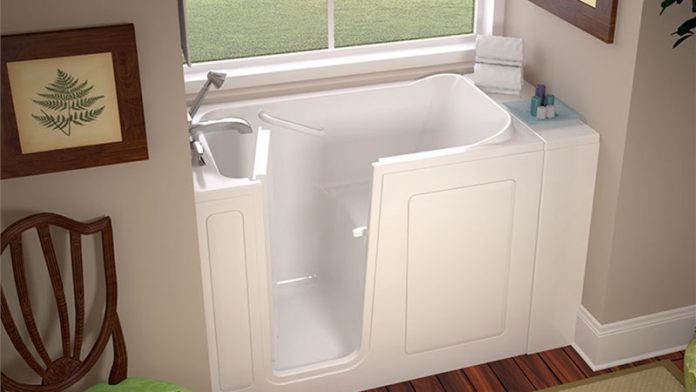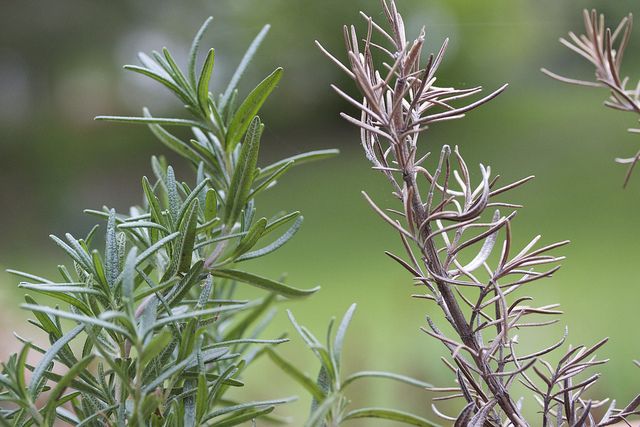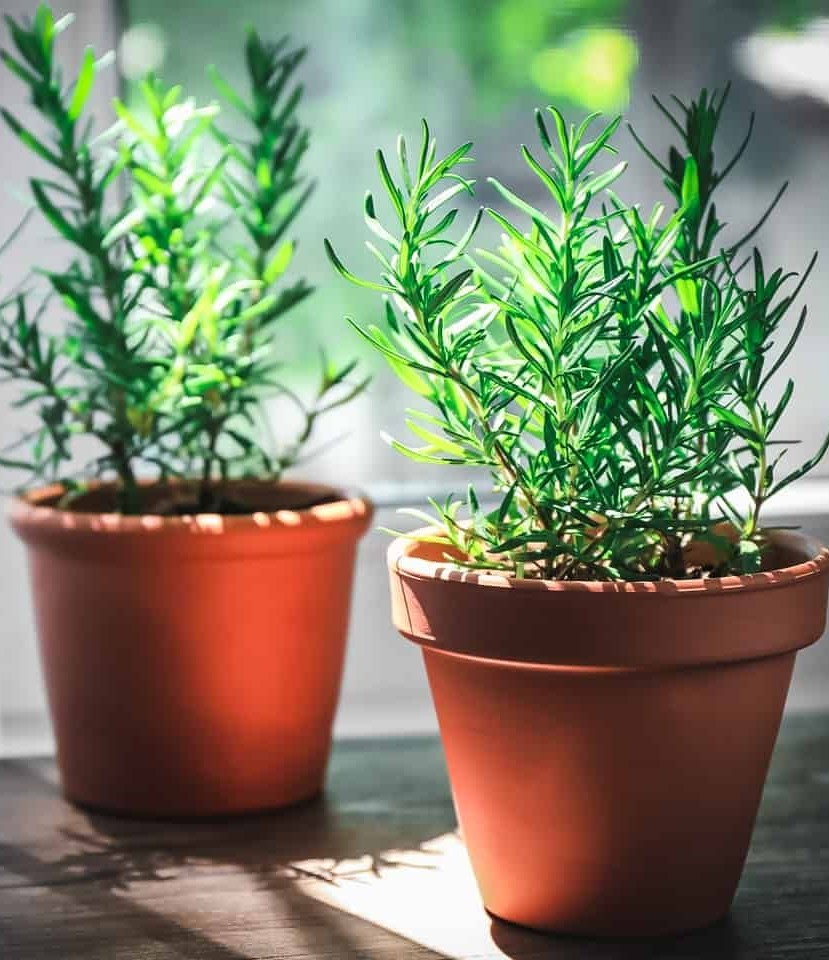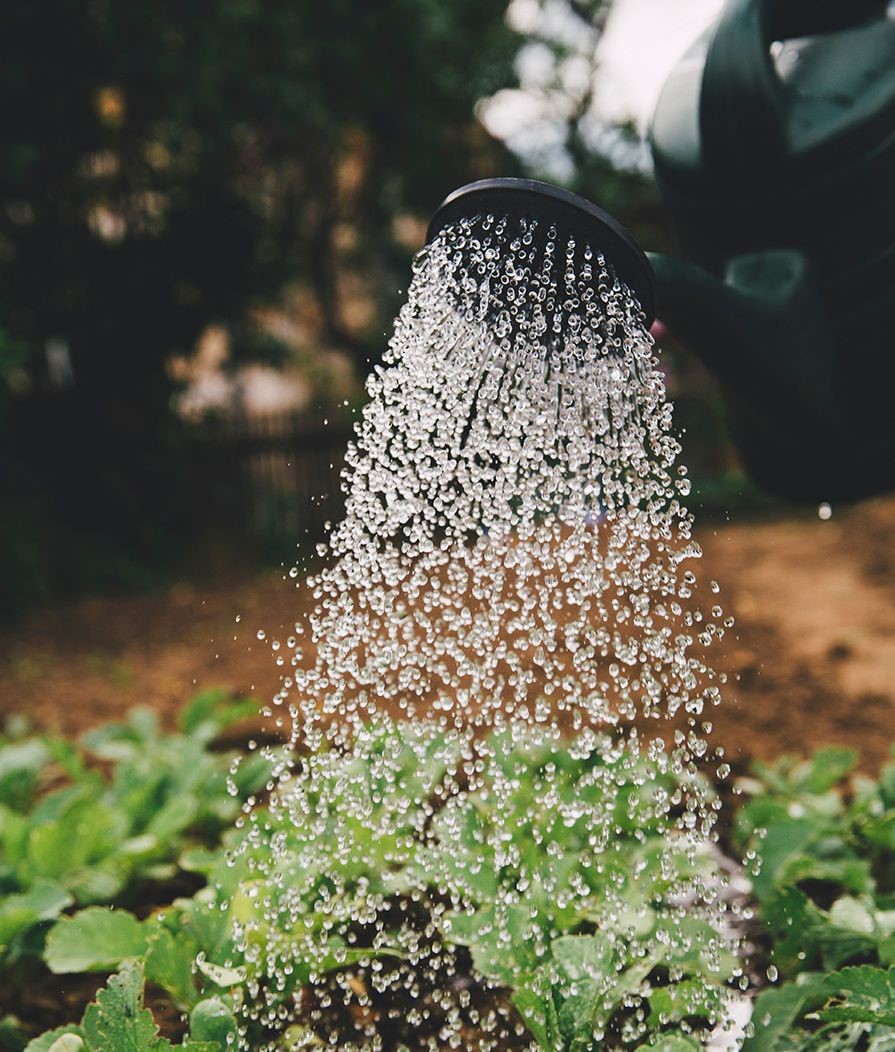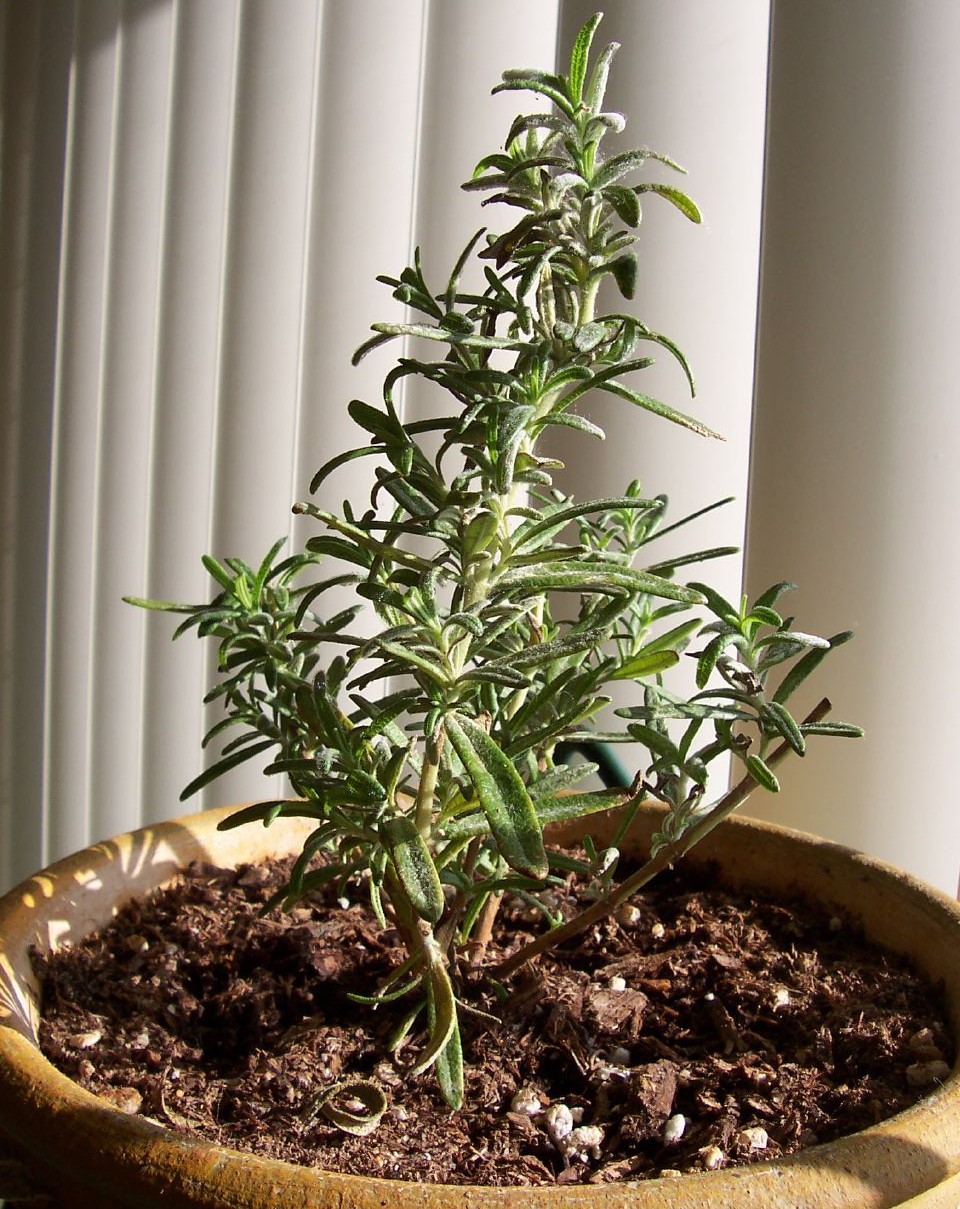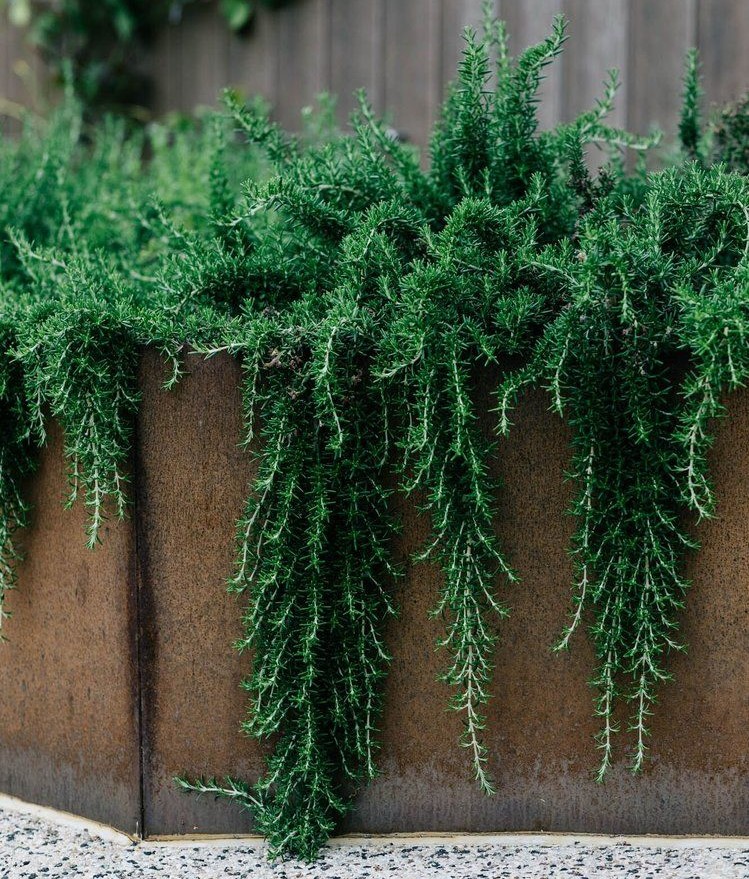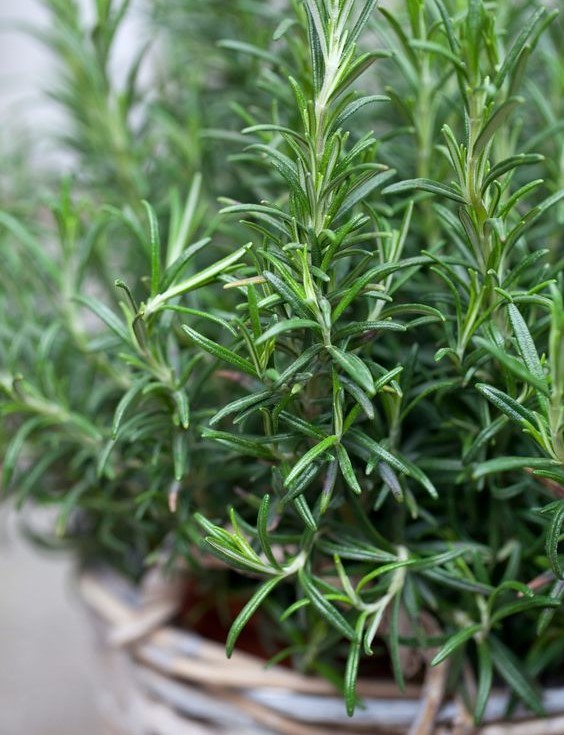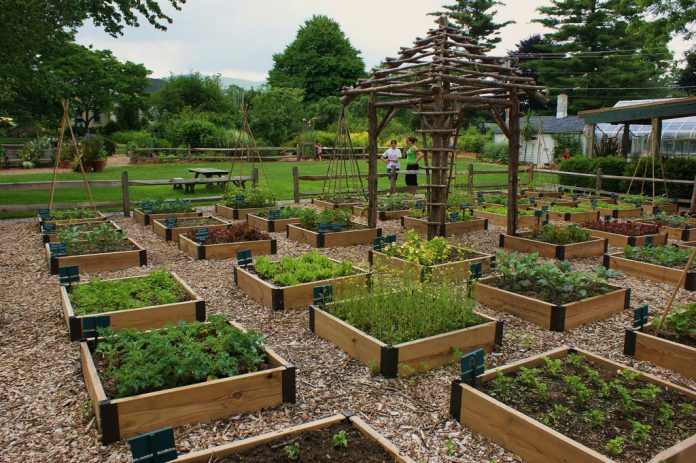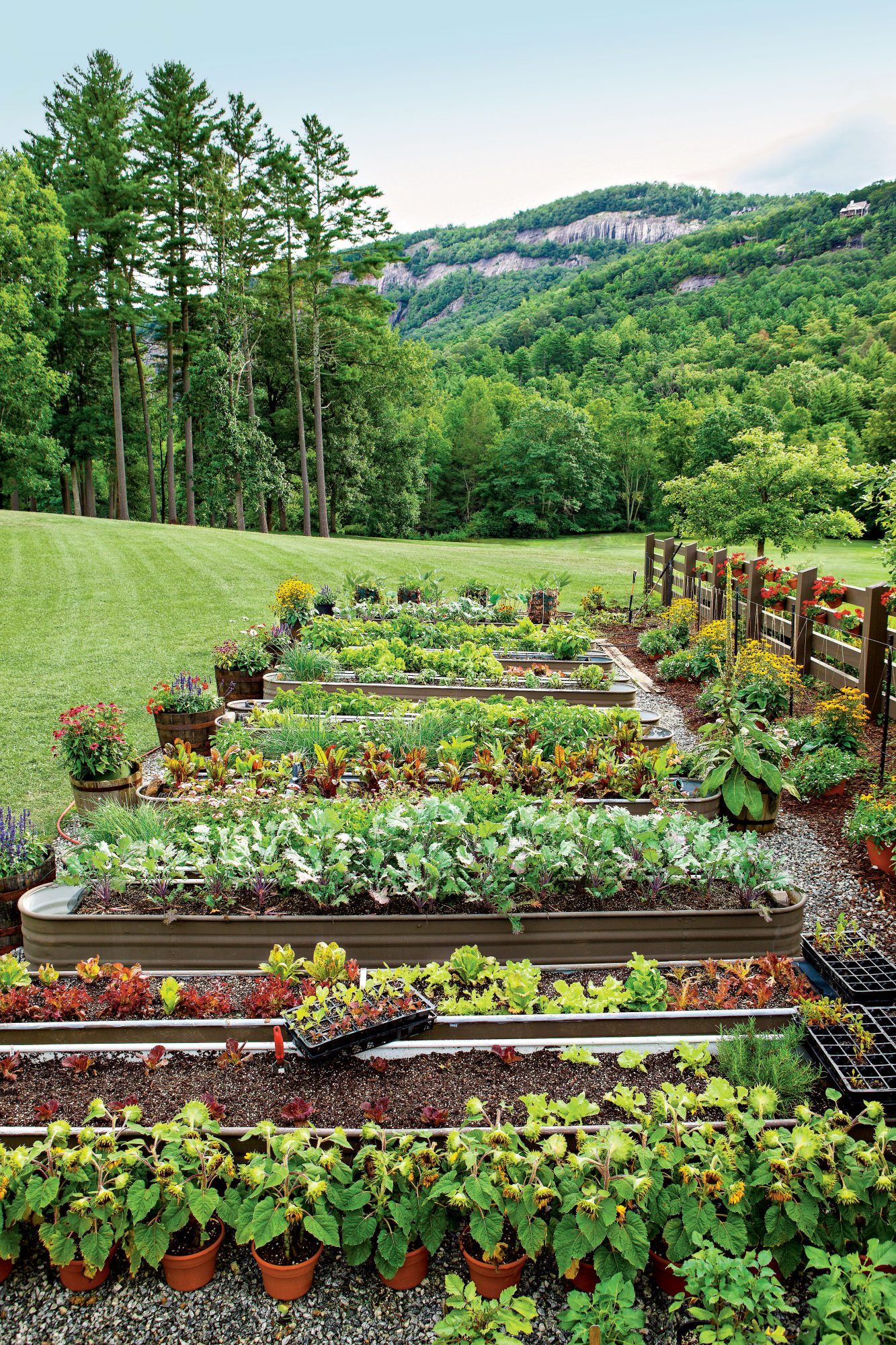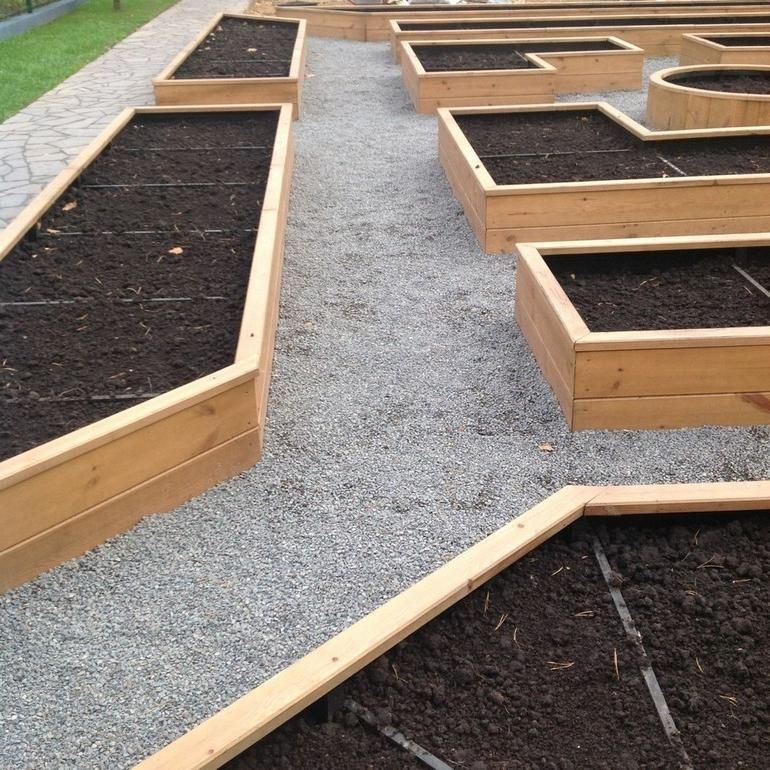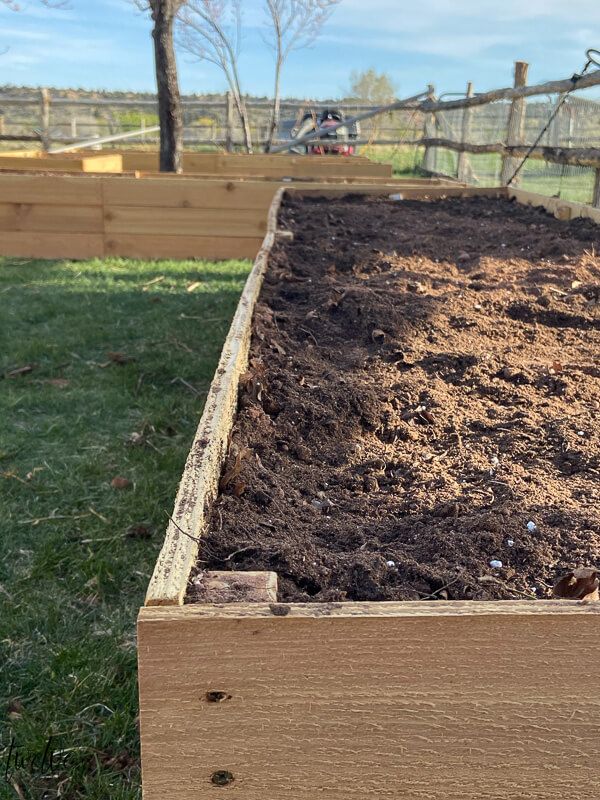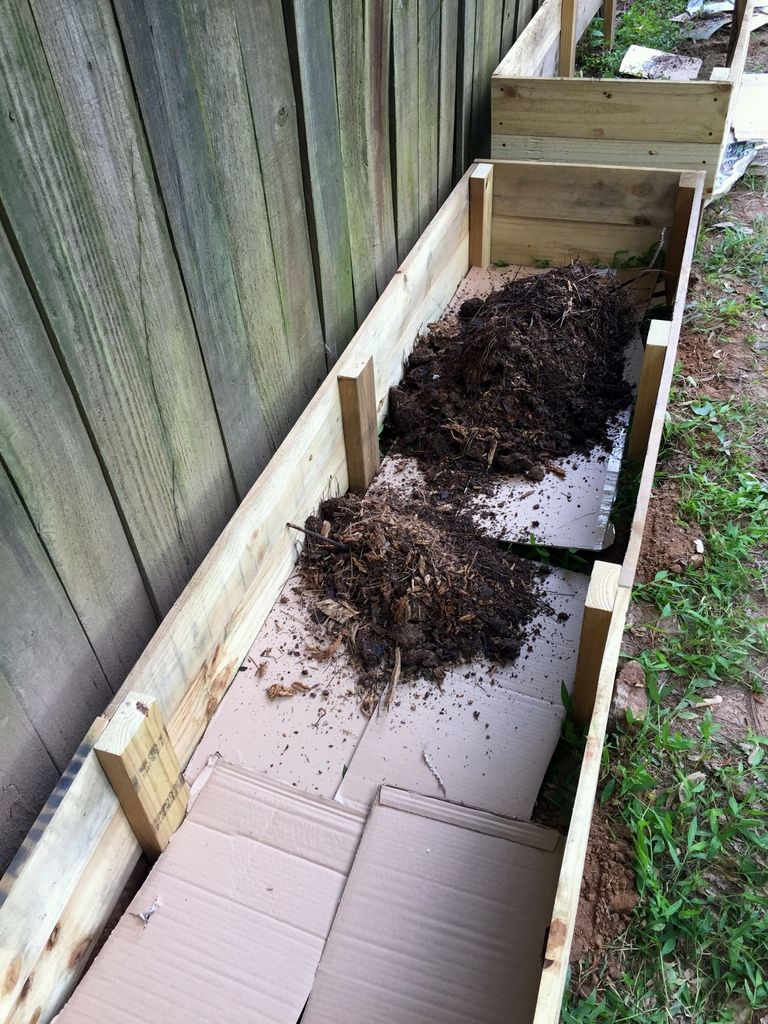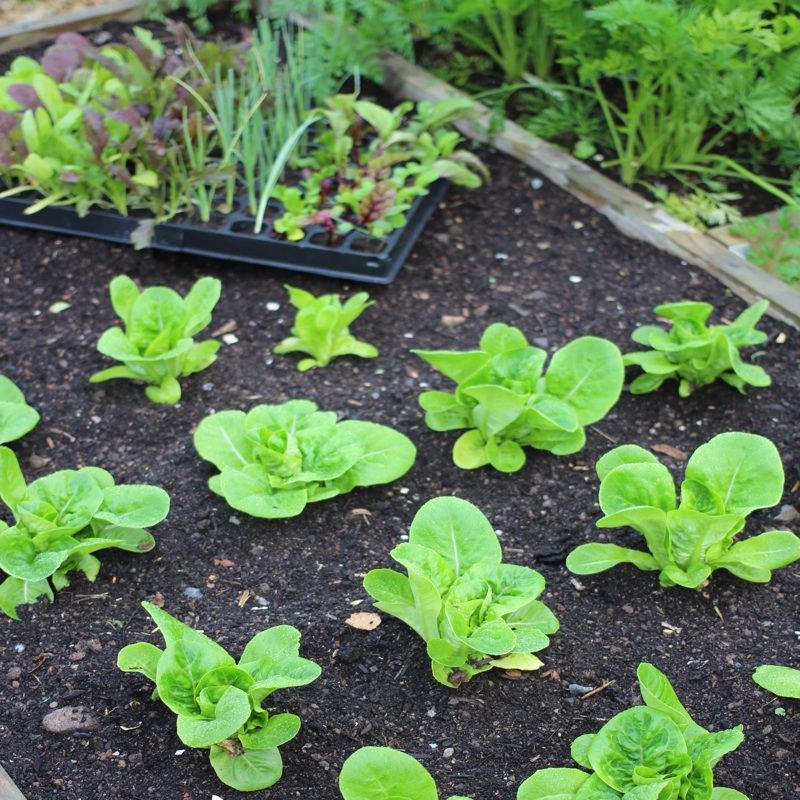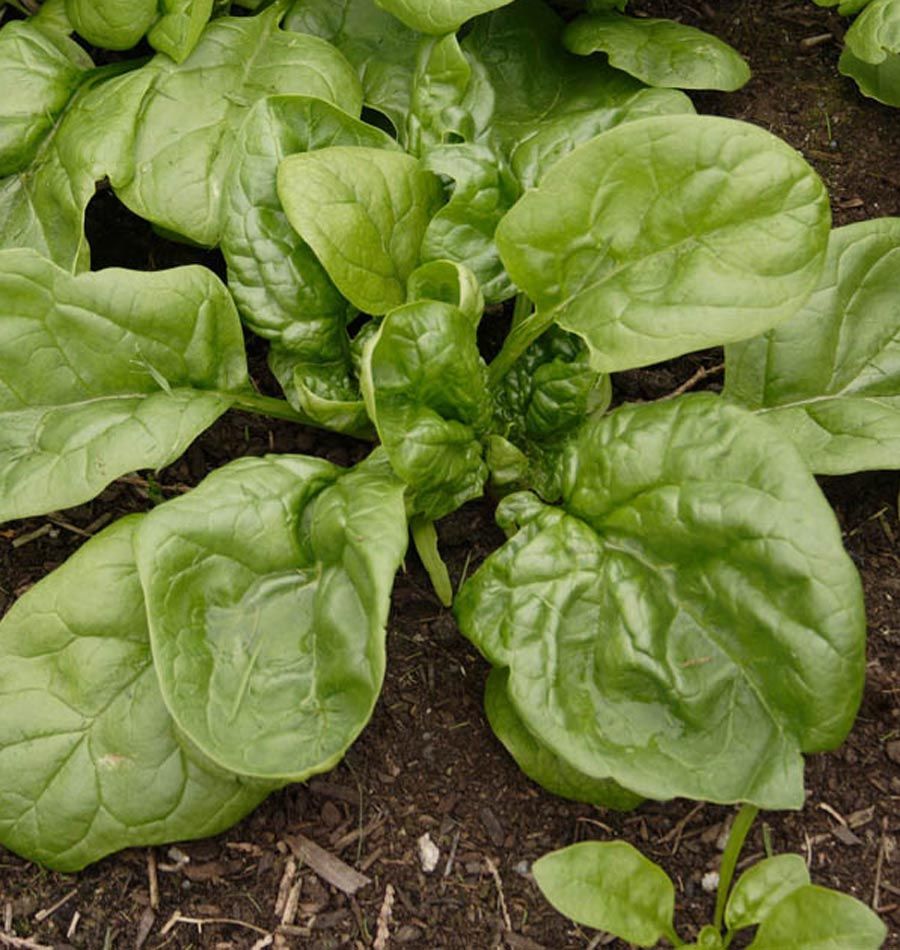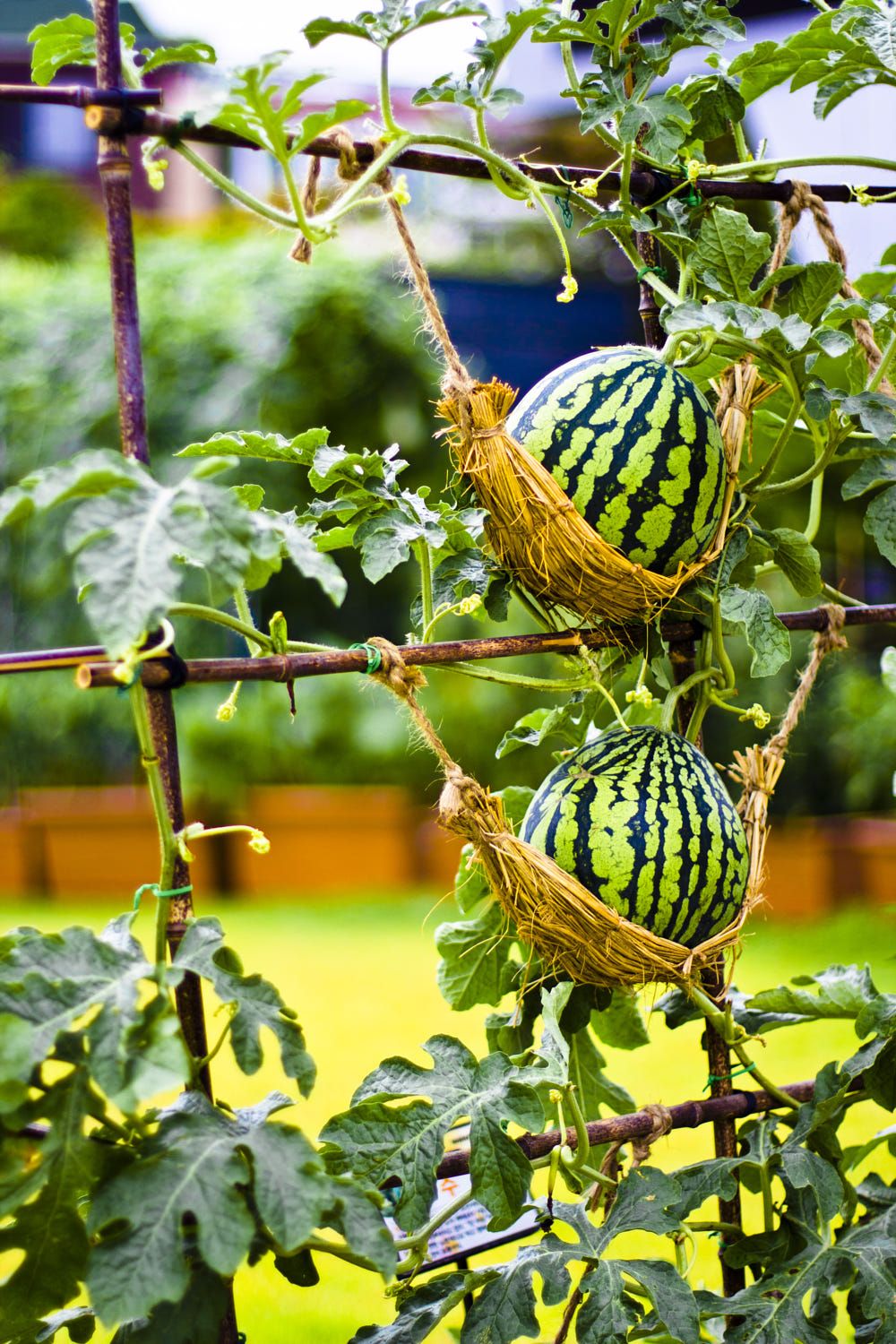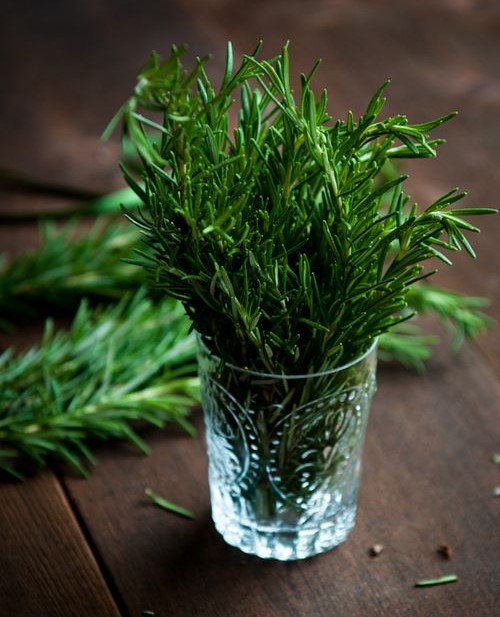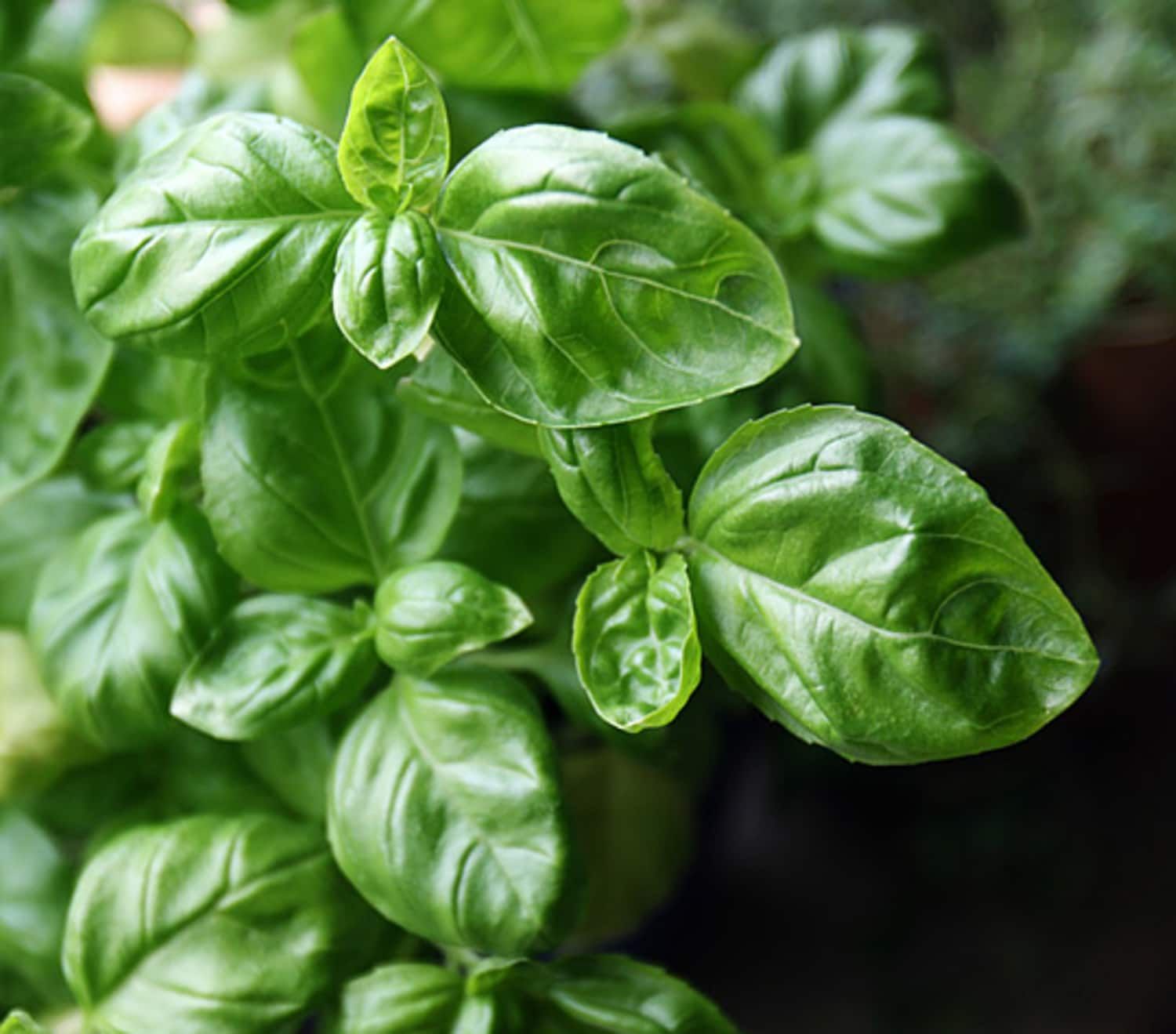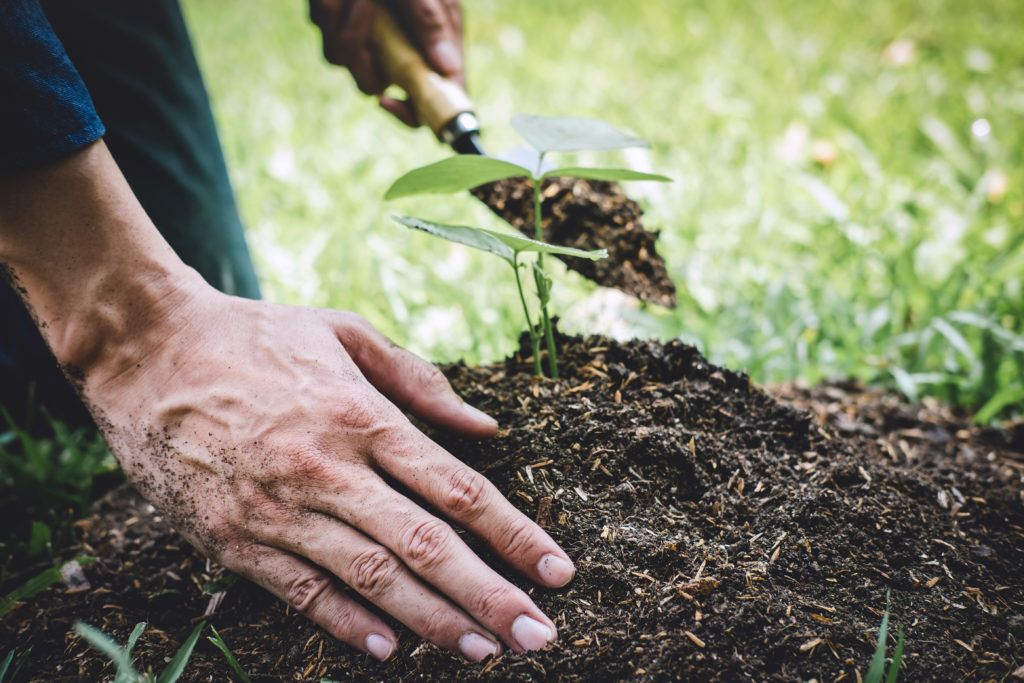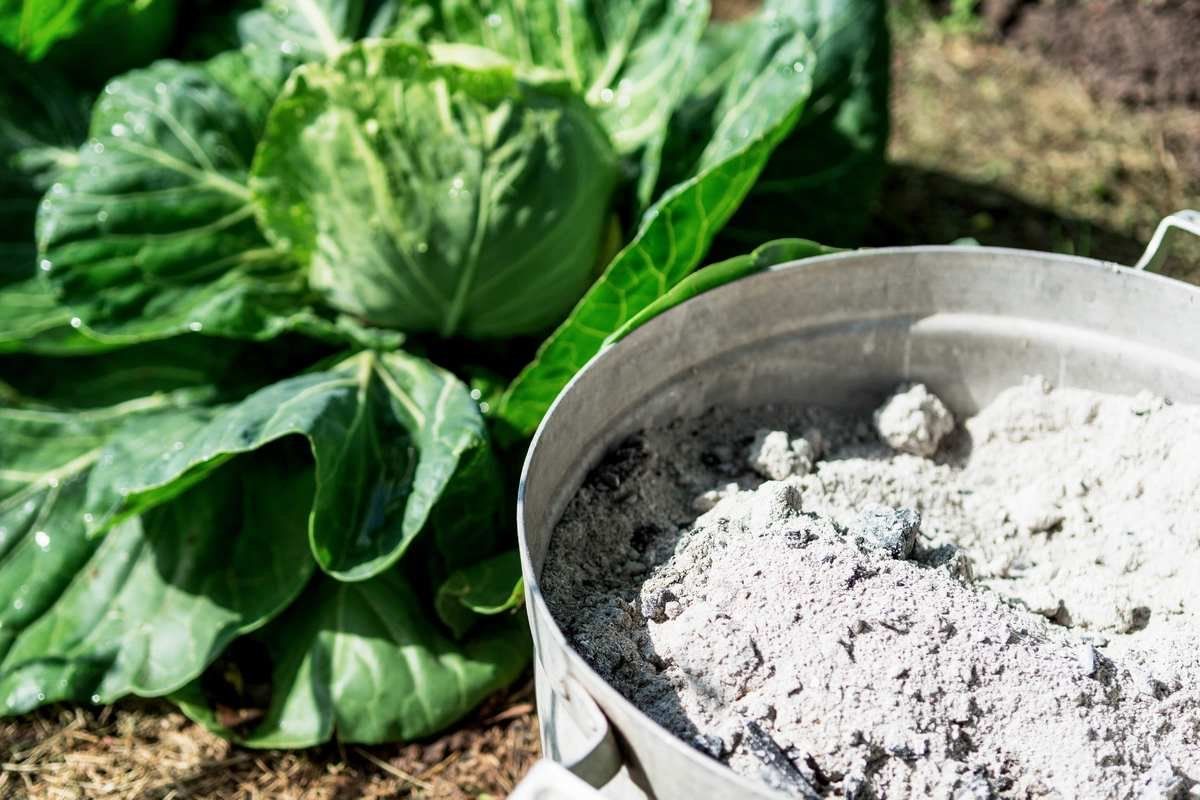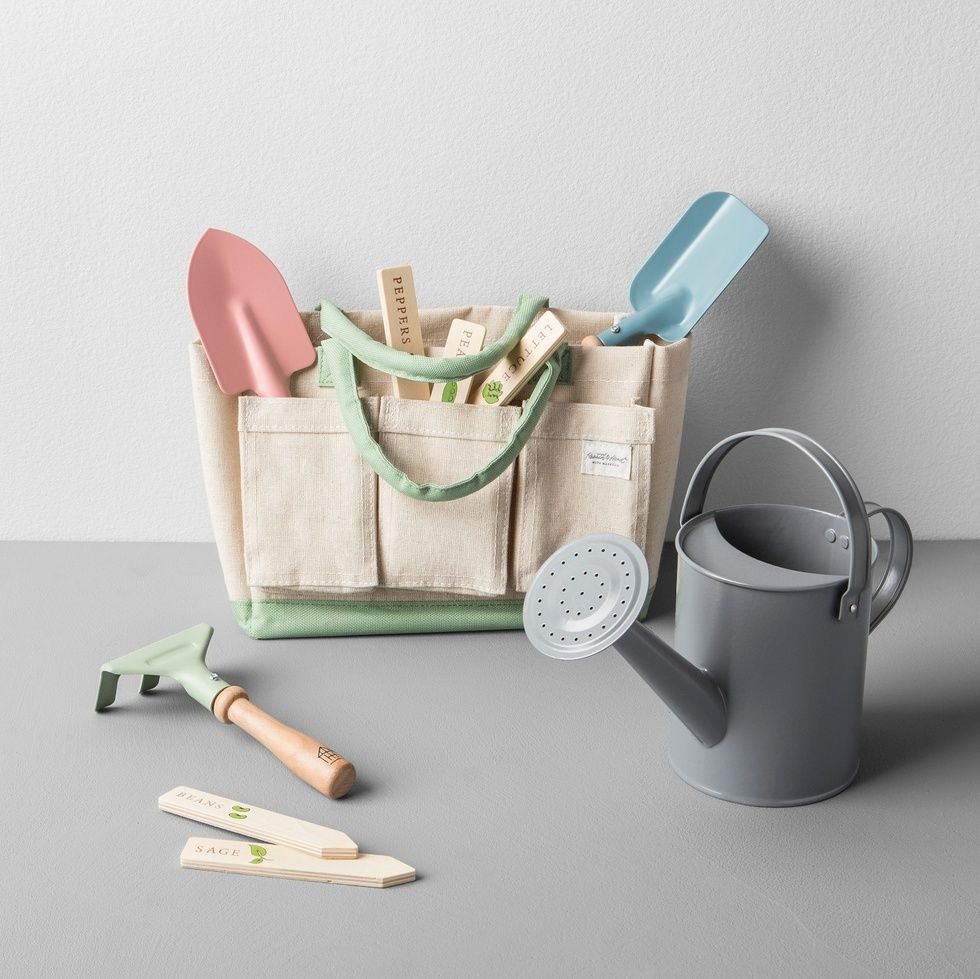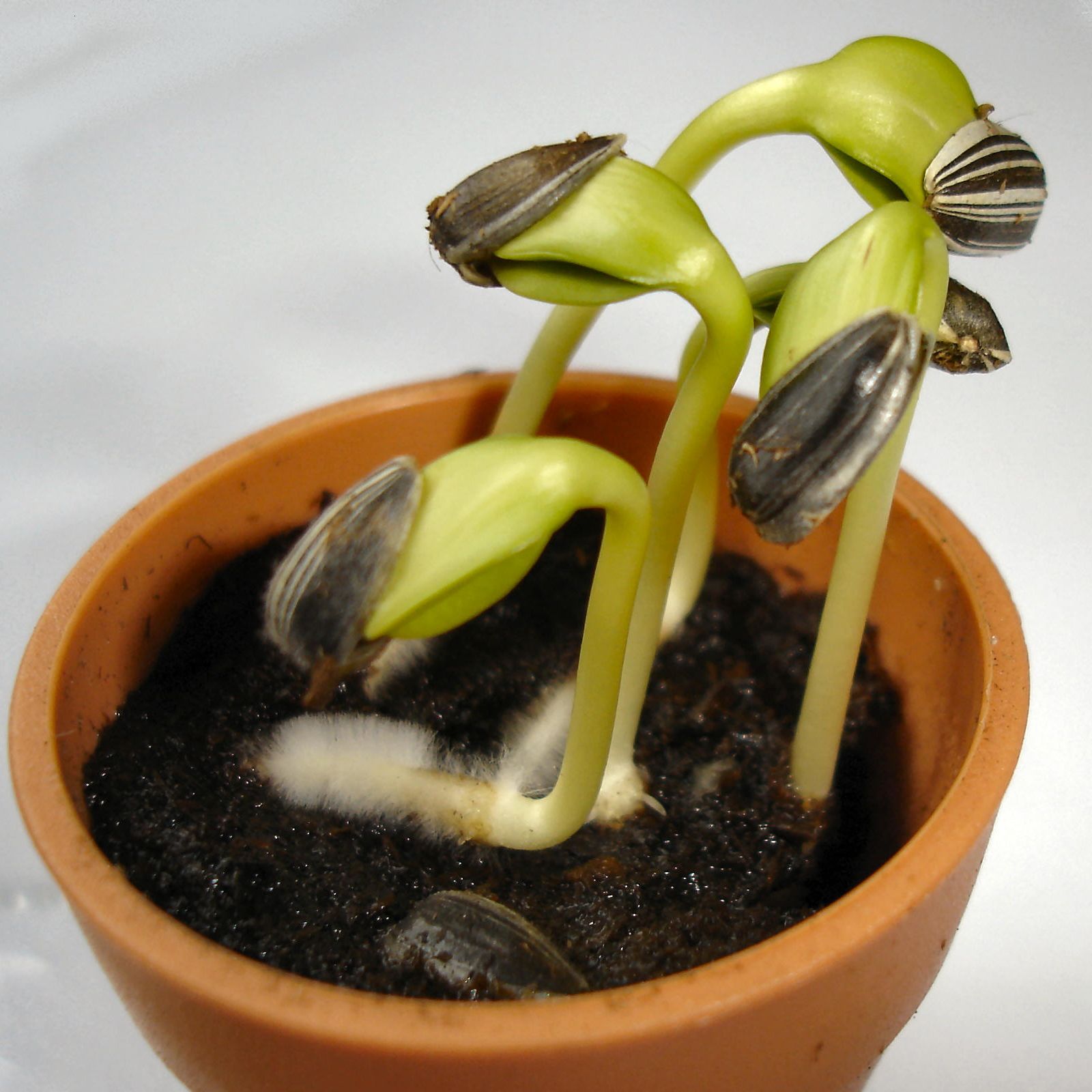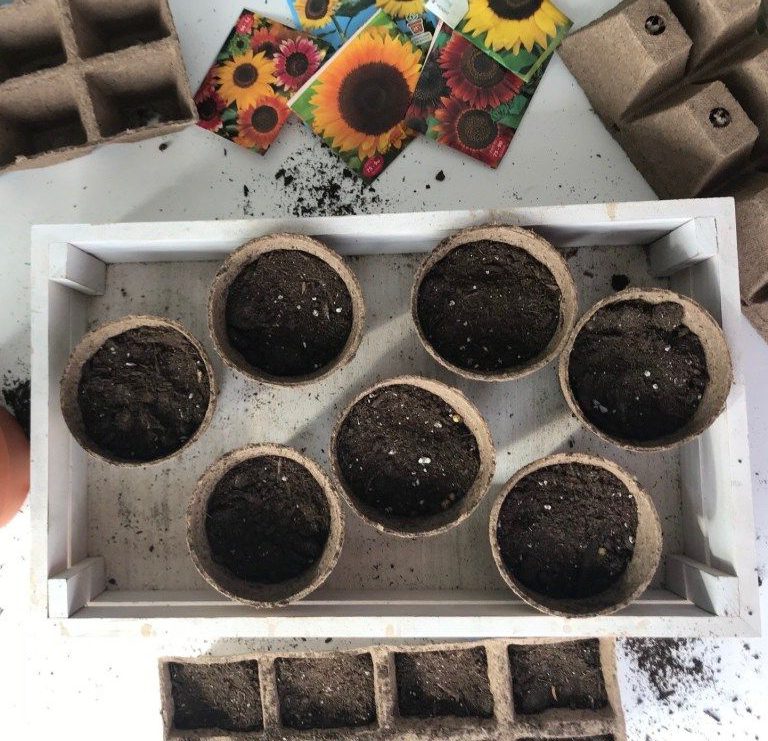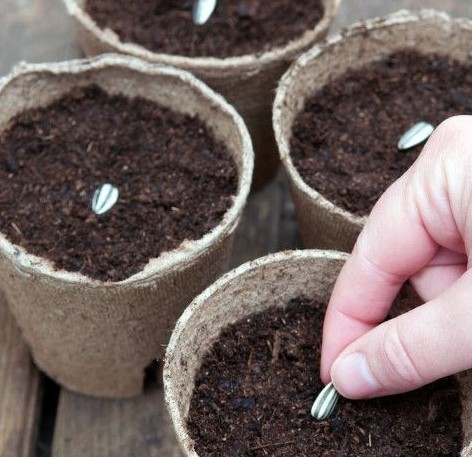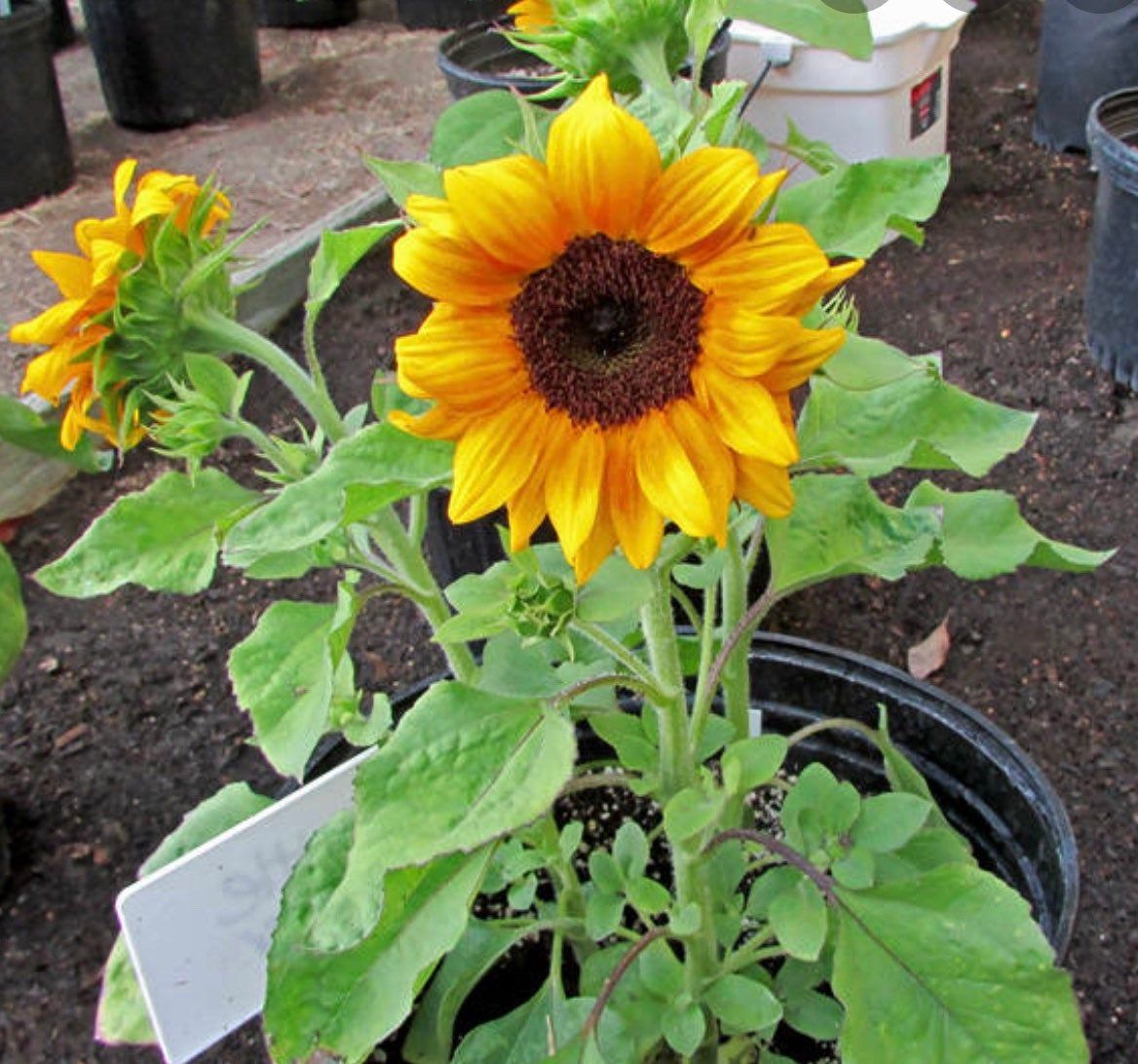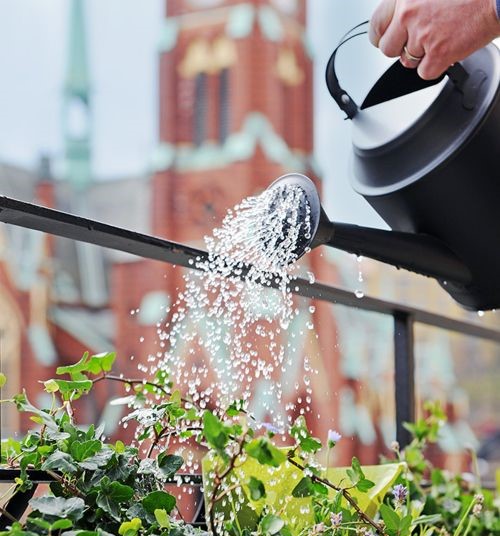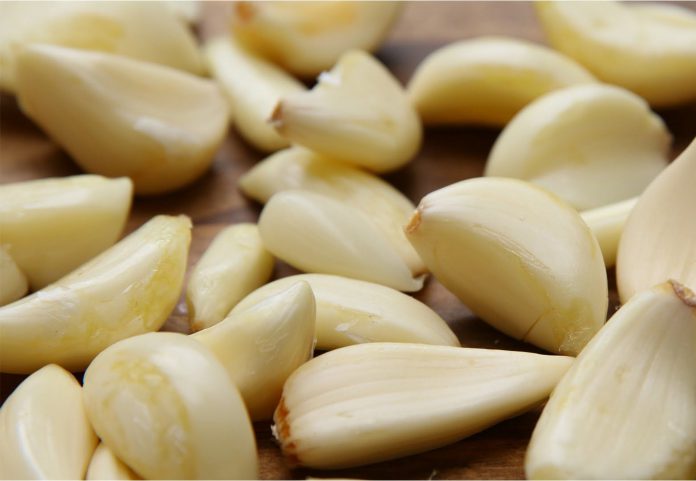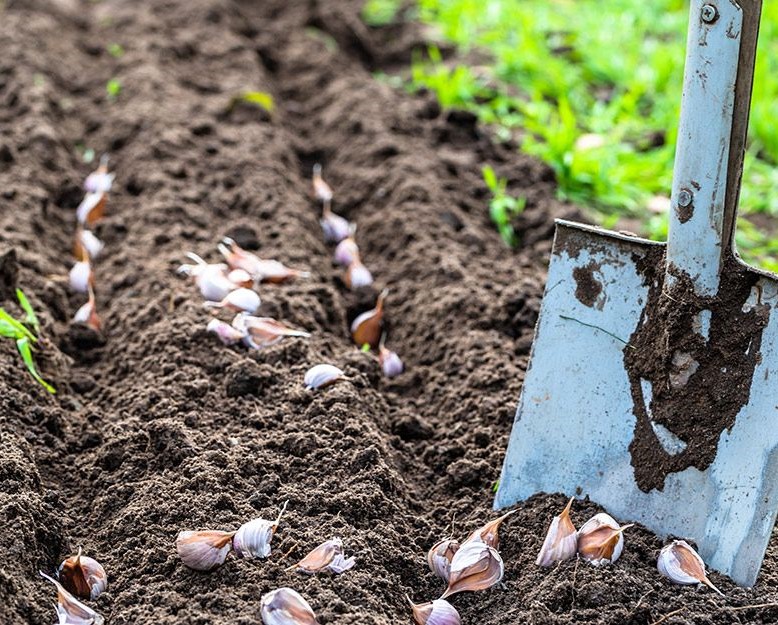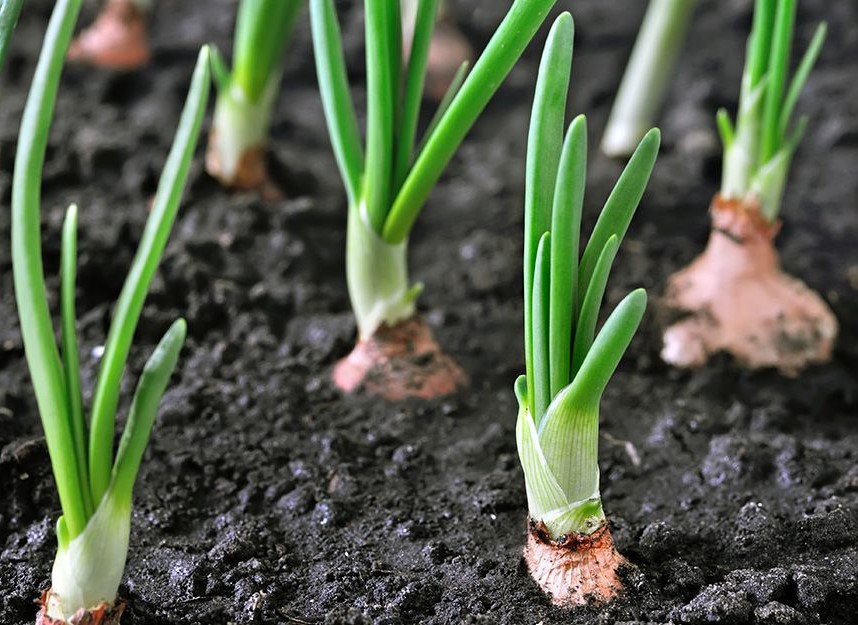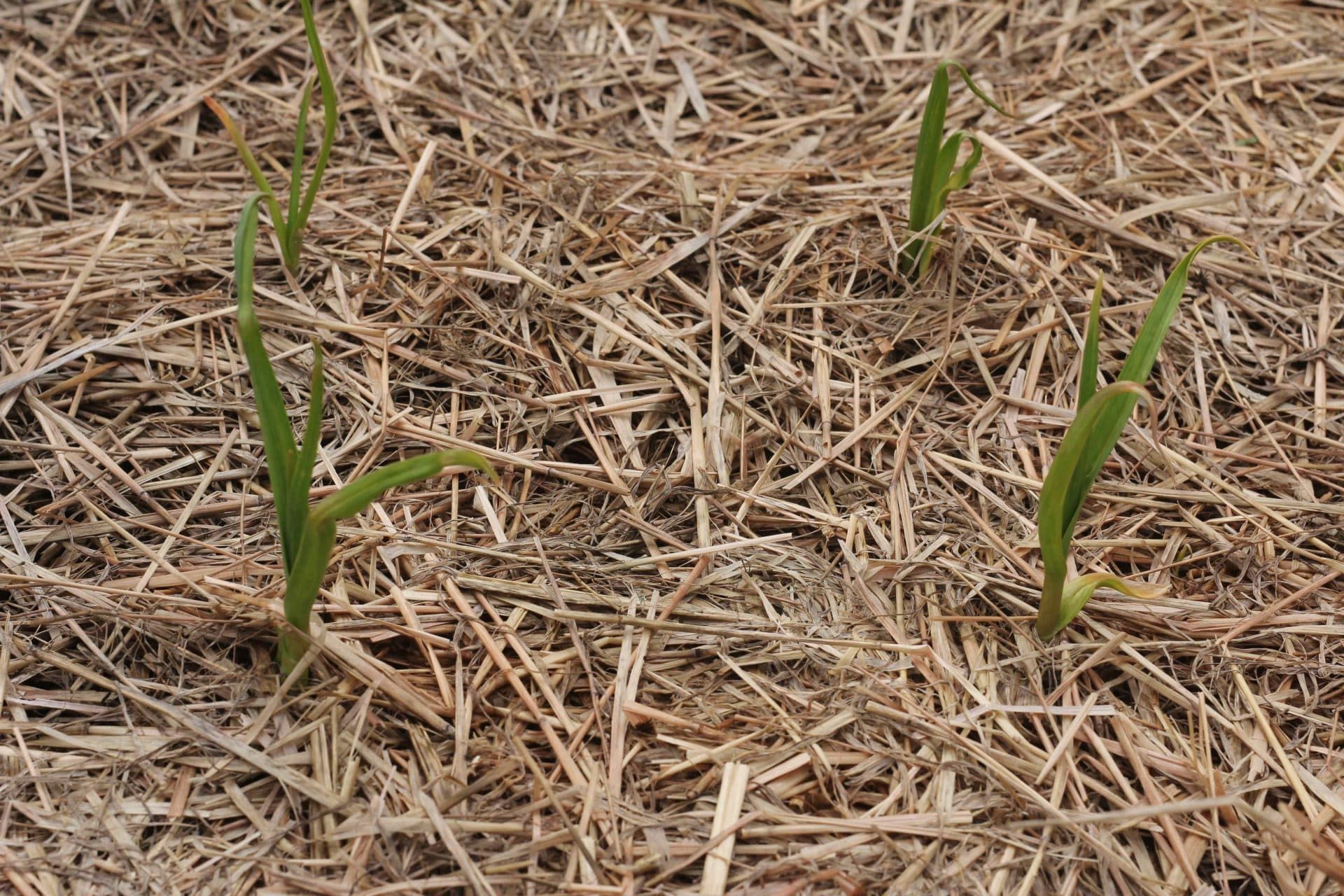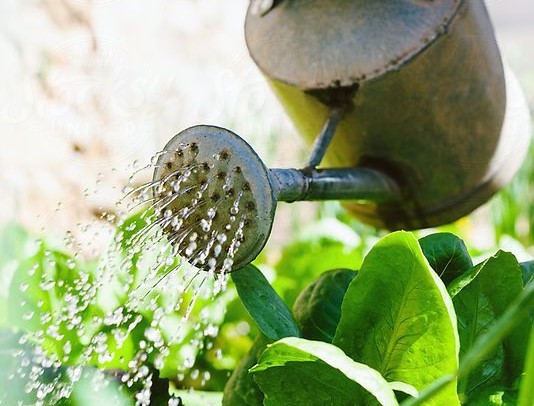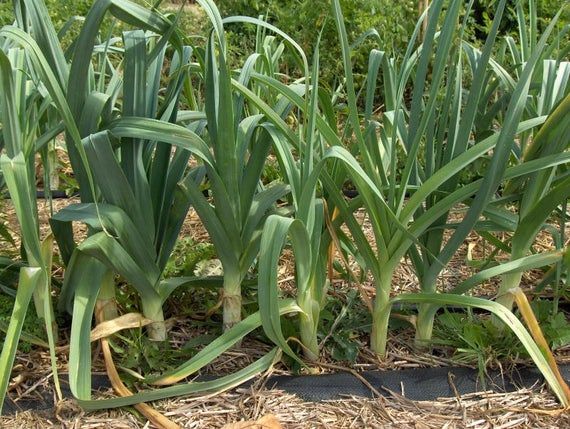Are you battling a persistent cockroach infestation that’s making life at home very uncomfortable? You’re not alone. People all over the world are battling roaches on a daily basis because they are that darn persistent. Whether you have smaller German cockroaches or larger varieties, this article is here to help you.
Chances are, you’ve already tried several methods for getting rid of them, only to have them come back or laugh in your face. Plus, there’s nothing worse than thinking that they’re gone only to see a fresh gang appear when you open your cabinet or fridge.
Firstly, it’s important to note that Raid spray and other similar products are not the solution for a true cockroach infestation.
Step 1 – Plan Before You Act
When your goal is to get rid of roaches for good, you must come up with a solid plan before you act. Why? Because it’s of the utmost importance to hit a home run on your first swing. In other words, you don’t want to use just a little bit of the right product and fail to take out the entire colony.
For this reason, planning is essential. Yes, during the planning phase, it’s annoying that roaches are still in your home, but patience is the key at this point. Just imagine what life will be like without worrying about a crawling roach freaking you out.
So, with those thoughts, plan, plan, plan first.
Step 2 – Use Poison Bait Gel AND an Insect Growth Regulator
Now that you’re in the proper mindset, it’s time to load up on the right products. First, you absolutely need a poison bait gel. Bait gel works by tempting the roaches to eat it. Your goal is to place adequate bait gel in places you see roaches the most. Then, you must ensure that they’re taking the bait and bringing it back to the rest of the colony.
In the end, the entire population of roaches comes into contact with the poison, leaving them dead. Next, it’s imperative to also use an insect growth regulator. If there are any stragglers left after the bait gel runs its course, the insect growth regulator (IGR) prevents stragglers from reproducing.
By breaking the cockroach life cycle, you ensure that they don’t come back by annihilating the entire colony. To choose the right gel and IGR for your infestation, use Pest Eradicator roach killer product guides for homes and apartments.
Step 3 – Create a Perimeter Around Your Home
If you’re a homeowner, then creating a perimeter around your home with insecticide will prevent roaches from re-infesting your home. Unfortunately, apartment renters don’t have this same luxury.
When applying insecticide around your home, always be sure to follow the instructions to a T and use the recommended safety equipment. This important safety tip can not be stressed enough.
Final Consideration 1 – Test Multiple Baits
One common problem that renters and homeowners run into is roaches that won’t take the bait. This can happen when roaches have been treated with the same product before, or in some instances, they simply don’t take the bait, hence why it’s called bait.
One method is to test a small area with multiple bait gels to see which brand the roaches like the most. Once you confirm which brand works best for the roaches in your home, then it’s time to act quickly.
At this point, you want to fully apply the bait that works best to ensure the roaches take as much bait as possible. While this technique has a higher upfront cost, it gives you a better chance of the roaches taking the bait on your first try.
Final Consideration 2 – Use Traps to Determine Your Infestation Levels
Traps are helpful to use before and after treatment to determine infestation levels. A good spot to place a trap is below your refrigerator or other areas where you notice roaches. The glue on the traps prevents the cockroaches from moving once they get stuck.
Use a trap before treatment to assess the type(s) of roaches and how many there are. Then, after treatment, place a trap in the same location to ensure they didn’t return. Plus, it’s wise to check the trap weekly to know whether there are still roaches lingering or if they come back.
As a result, you’ll stay a step ahead of roaches rather than reacting once the infestation has grown. Unfortunately, apartment renters are more likely to experience re-infestations since they’re at the mercy of their fellow renters and building management.
Plus, apartment roaches are more likely to be immune to some baits since they’ve previously been treated. Because of this, renters should try the multi-bait approach, alert building management, and keep tabs on the infestation by using traps.
Now, it’s time for you to start planning your attack.


